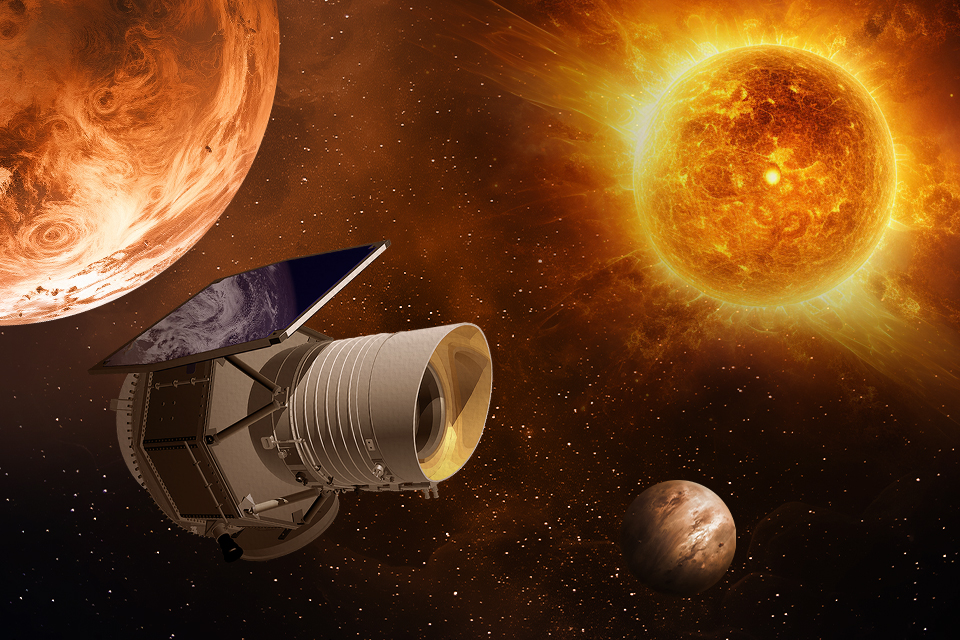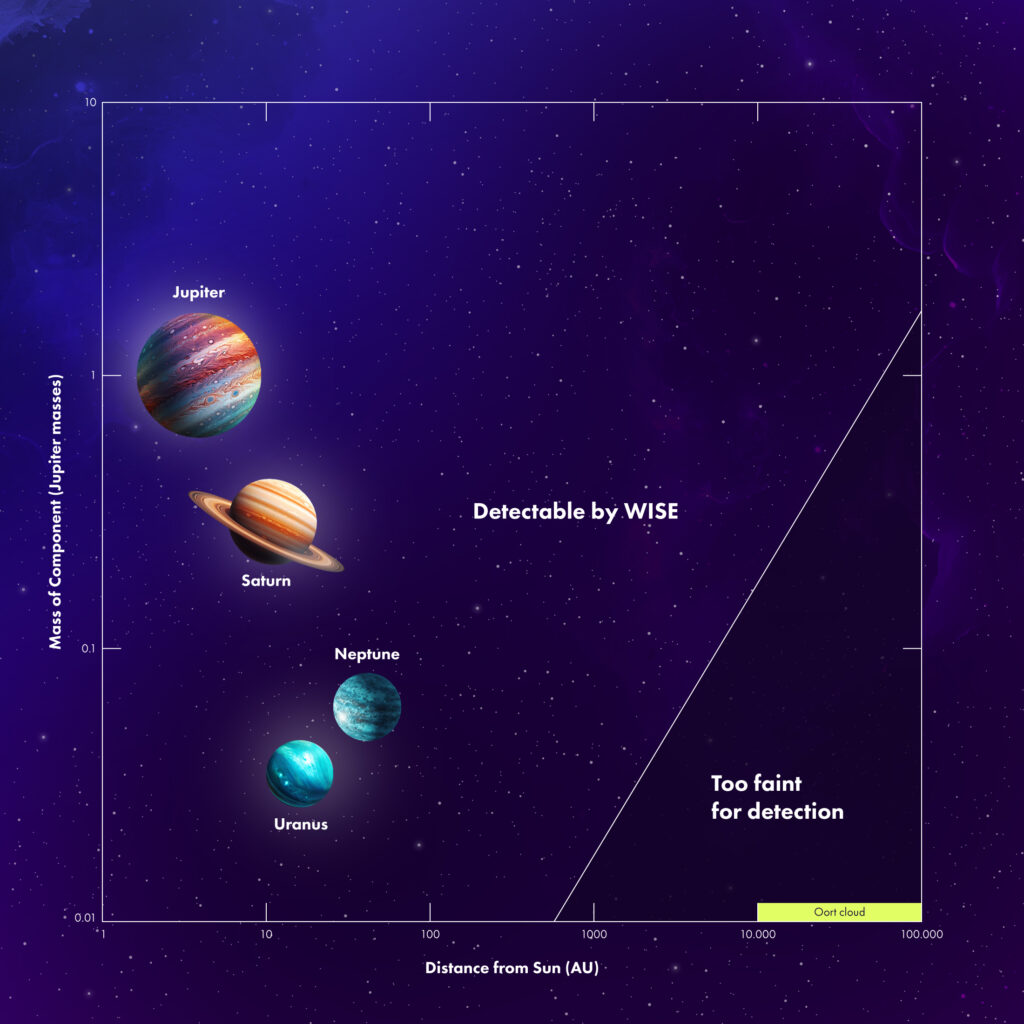There are eight large planets orbiting the Sun and up to a dozen that are considered dwarfs. But astronomers periodically claim to have found evidence of the existence of another large celestial body. Let’s figure out together what facts lead scientists to believe that there really is “something” there, and why they have not shown photos of this body yet.

1. Why is Pluto not a ninth planet?
From 1930 to 2006, people considered Pluto to be the ninth planet of the Solar System. However, the more scientists studied this celestial body, the more it seemed to them too small and unsuitable for such a role.
Then several more similar objects were discovered beyond Neptune. We had to introduce a new class of bodies – dwarf planets. Among them was Pluto. It is large enough to take a spherical shape, but still too small to clear the vicinity of its orbit from all kinds of smaller “heavenly rocks”. However, attempts to find a real ninth planet did not stop.
2. Why do scientists think that beyond Neptune’s orbit may be something large?
Beyond the orbit of Neptune lies the so-called Kuiper Belt. It consists of a huge number of ice bodies. The dimensions of many of them reach hundreds of kilometers. Their movement is greatly influenced by the gravity of the eighth planet.
However, some scientists are convinced that it is impossible to explain the features of the orbits of Kuiper Belt objects only by its influence. Too many of them have an elongated shape or are strongly inclined to the plane of the ecliptic. In addition, astronomers have found enough Kuiper Belt objects which orbits are strangely grouped. This is what makes it possible to talk about the presence of a ninth large planet beyond Neptune and even approximately calculate its location.
3. Why haven’t they found anything yet?
Despite all the theoretical constructions, few people in the scientific world recognize the reality of a ninth planet. The reason for this is that its images have not been obtained in any spectral range. You would think that our telescopes are too weak for this, but in fact they are not.
In 2009, the WISE spacecraft was launched into space, which was an extremely sensitive infrared telescope. It scanned the entire sky and found numerous brown dwarfs at distances measured in light-years. Some of these dwarfs are not much bigger than Jupiter. But the gas giant, located thousands of times closer, the space telescope has not found.
4. How far away should a ninth planet be?
A small chance remains that the mysterious planet is quite small and moves far from the Sun. Almost certainly at distances less than 100 AU, there is nothing the size of the Earth or larger, because astronomers see much smaller objects at such distances.
In the mid-2010s, scientists assumed that we could be talking about a planet that was similar in mass to Neptune and located at a distance of about 250 AU. Now we are talking about a distance range of 250-500 AU and a mass only three times larger than the Earth’s. The possibilities for existence in the Solar System of a ninth planet are constantly narrowing.

5. Haven’t scientists proved the existence of Nibiru?
Often, when mentioning a ninth planet of the Solar system, you can hear the name “Nibiru”. Supposedly, scientists have already proved that this celestial body approaches our luminary every few thousand years and at this moment something terrible happens.
In fact, Nibiru has never been a scientific assumption. It was invented in 1976 by the Soviet-born American writer Zecharia Sitchin, who has nothing to do with astronomy. He took the name from Sumerian-Akkadian mythology.
In addition to Nibiru, various authors placed the gas giant Tyche and even a brown or red Nemesis dwarf in the Oort cloud. However, no astronomical evidence of their existence has ever been given.
Follow us on Twitter to get the most interesting space news in time
https://twitter.com/ust_magazine
